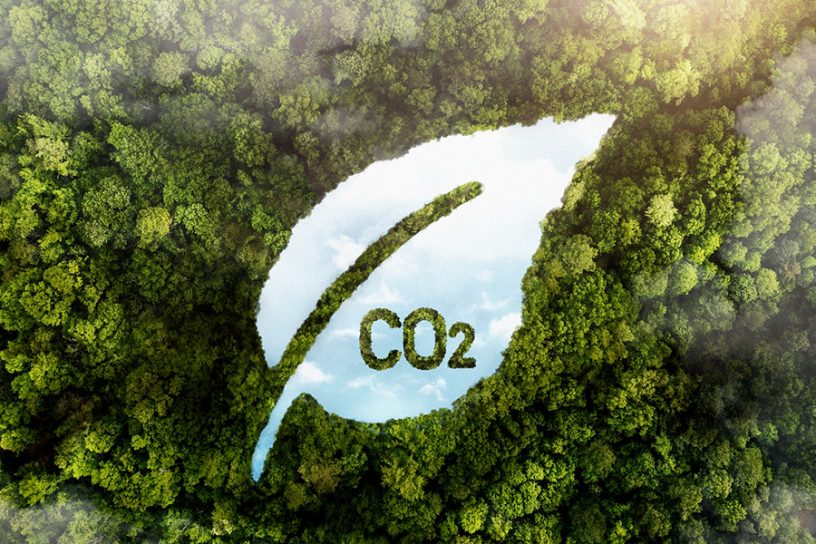
This paper explores optimal manufacturing production and emissions reductions, analyses the impact of carbon tariffs on carbon emissions and social welfare, and examines strategy selection in low-carbon regulated countries.
Authors
Xiaoyang Zhou, School of Management, Xi’an Jiaotong University, Xi’an 710049, China.
Qiuyun Zhu, School of Economics and Management, Xidian University, Xi’an 710126, China.
Lei Xu, Economics and Management College, Civil Aviation University of China, Tianjin 300300, China.
Kai Wang, School of Management, Xi’an Jiaotong University, Xi’an 710049, China.
Xiang Yin, Business School, Sichuan University, Chengdu 610065, China.
Sachin Kumar Mangla, Full Professor and Director, Research Center for Digital Circular Economy for Sustainable Development Goals (DCE-SDG), Jindal Global Business School, O.P. Jindal Global University, Haryana, India; Plymouth Business School, University of Plymouth, UK.
Summary
Carbon regulation differences are the main obstacle to global carbon emissions reductions. To alleviate the global environmental pressures from carbon emissions, high-carbon-regulated countries are seeking to impose carbon tariffs on imported products. In response, low-carbon-regulated countries can choose to allocate carbon quotas on manufacturers (H strategy) or provide subsidies to reduce their emissions reduction costs (S strategy). Therefore, it is worth exploring the joint impact of carbon tariffs and the associated coping strategies. In this context, this paper explores optimal manufacturing production and emissions reductions, analyses the impact of carbon tariffs on carbon emissions and social welfare, and examines strategy selection in low-carbon regulated countries.
It is found that both the production and profits for manufacturers with relatively low carbon emissions reduction costs can increase with carbon tariffs. When a carbon tariff is fixed, the response strategy in low-carbon-regulated countries can either increase or decrease global carbon emissions. Carbon tariffs always have a negative impact on the social welfare of low-carbon-regulated countries. Interestingly, carbon tariffs may also harm the social welfare of high-carbon-regulated countries, especially when their manufacturers have high emissions reduction costs.
Finally, as for social welfare in low-carbon-regulated countries, high-carbon-regulated countries, and the global community, both H and S strategies can be win-win strategies when emissions reduction cost subsidies are moderate. However, when emissions reduction cost subsidies are high, H strategy is found to be a win-win strategy.
Published in: Omega
To read the full article, please click here.


